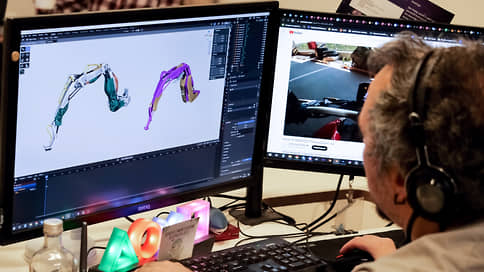a third of creative workers live in Moscow
[ad_1]

42% of creative industries workers live in Moscow and St. Petersburg – almost the same number as in all other Russian cities combined (43.8%), follows from an analysis of SPARK-data conducted by the Institute for Statistical Research and Economics of Knowledge (ISSEK) of the Higher School of Economics. Interfax”. The share of these two cities in the total population of Russia is noticeably smaller – 12.4%. Moscow accounts for a third of the “creatives” (33.7%), St. Petersburg – 8.3%. In total, the number of people employed in the creative industries at the end of 2022 was 2.3 million people.
Let us clarify that we are talking about 16 sectors of the economy classified as the creative sector. These include, in particular, architecture, design, sound recording, photography, publishing, performing arts, IT and video games, cinema and animation. ISSEK notes that the creative sector is growing faster than the economy as a whole, but this growth is uneven and is due to the sectoral and geographic concentration of those employed in this area. So, for example, in Moscow the share of people employed in the IT and video games sector is 3.1 times higher than the Russian average, in television and radio broadcasting – three times, in advertising and PR industry – 2.9 times. Cities with a population of over a million other than Moscow and St. Petersburg accounted for 13.2% of the employed, while cities with a population of less than 1 million people accounted for 30.6%. Only 14.3% of those employed in creative industries live in other settlements.
The highest rates of growth in the number of employees in the creative industries were shown by the IT and video games sector (plus 42%), design (plus 30%) and education in the creative industries (plus 14%). The largest decline in the indicator was in artistic creativity (minus 29%), photography (minus 27%) and television and radio broadcasting (minus 26%). These industries are associated with forms of creativity and leisure, the popularity of which may continue to decline in the near future due to the use of technologies that are losing relevance (plane painting and photography, streaming, and so on), ISSEK notes. A decrease of up to 10% was shown by applied industries that depend on market conditions (architecture, advertising and PR industry), as well as those related to the preservation and transmission of cultural content (museums, libraries and archives, cinema and animation, publishing).
[ad_2]
Source link






